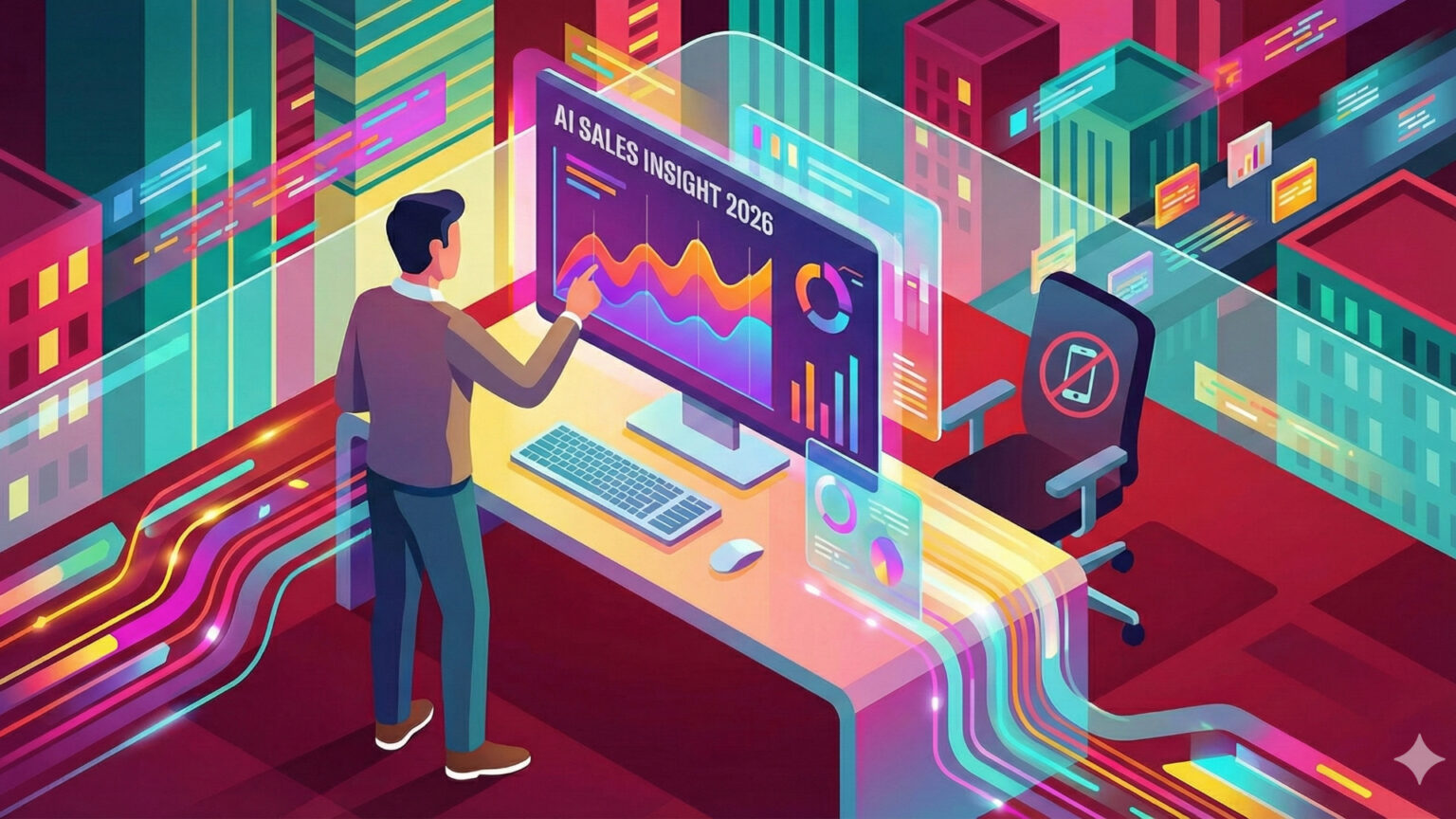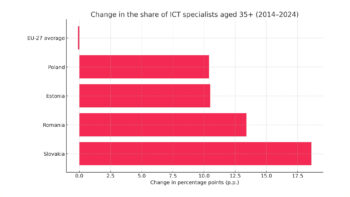The traditional ‘relationship’ model in the IT industry is shaking in its foundations. Today’s buyers are armed with knowledge, sceptical and… increasingly preferring not to speak to a supplier representative at all. Gartner’s Robert Blaisdell warns: by 2026, strategies based on ‘number of contacts’ will no longer work. The question is: how can sales directors (CSOs) use AI to ensure that their teams are no longer seen as intrusive and become trusted advisors?
Just a decade ago, there was a simple rule of thumb in the affiliate channel and B2B sales: the more phone calls and emails you made, the more deals you closed. Today, this statistic is no longer defensible. With the dynamic evolution of the sales market, leaders (CSOs – Chief Sales Officers) are facing an unprecedented challenge. Productivity pressures are increasing, costs need to be cut and customers are becoming increasingly elusive.
Experts in the Gartner Sales Practice make it clear: the path to success in 2026 is not through ‘more of the same’. It requires a fundamental remodelling of Go-to-Market (GTM) strategy and an understanding that artificial intelligence in the hands of the sales person is not to be used to generate spam, but to build precision.
The paradox of the “Rep-Free Experience”
The most important trend keeping sales directors awake at night is the change in buyer preferences. The business customer, especially in the technology sector, is moving towards a so-called rep-free experience.
Why does this happen? Blaisdell points out an interesting paradox. Buyers today have access to an almost unlimited supply of information online. In theory, they are brilliantly educated before the first conversation. In practice, however – the information is often fragmented, contradictory or unreliable. This gives rise to deep scepticism. The customer avoids contact with the salesman not because he does not need help, but because he does not believe that the salesman will add value beyond what he has already ‘Googled’ himself.
This is where the skills gap and opportunity for modern sales organisations opens up.
No more “spamming”, time for precision
Many IT leaders fall into the trap of treating AI as a tool to increase volume. If AI can write 100 emails in a minute, why not send them? This is a mistake. Customers are sensitive to generic messages and mass communication.
According to Gartner’s predictions for 2026, the key to success will be a shift away from volume-based activities to relevance. A sales-focused AI strategy must serve hyper-personalisation.
Instead of implementing AI as a ‘technological novelty’ (or, as it is sometimes referred to, ‘technological nonsense’ with no results), CSOs need to define clear business objectives. AI should act as an analytical partner that prompts the sales person:
When exactly is the client looking for a solution?
- What specific problem is it trying to solve?
- What information (content) will make us credible in his eyes?
- Building trust in the age of algorithms
To break through the wall of scepticism, organisations need to rebuild their GTM operations. Since customers avoid contact until they are sure of a decision, the role of the salesperson – supported by AI – is to provide them with the ‘ammunition’ to make that decision.
It is about providing credible, targeted information that addresses specific buyer concerns. This requires close collaboration between Sales – Marketing – IT. Sales executives need to sit down at the table with technology leaders and create a roadmap where AI realistically improves productivity, not just adds another tool to log in.
Sales manager: The forgotten link
When implementing these changes, the human factor cannot be forgotten. Blaisdell points out that an often overlooked piece of the puzzle is **sales managers**. In an AI-enabled world, their role needs to evolve from ‘performance supervisor’ to ‘performance enhancer’.
Companies are investing crores in tools for serial salespeople, neglecting middle management. Meanwhile, it is managers who need support, role clarity and tools to coach their teams based on data from AI systems. Without a strong, digitally competent manager, even the best algorithm will not translate into revenue growth.
3 steps for the Chief Sales Officer (CSO) for 2026
Based on Gartner’s findings, IT sales leaders should focus on three pillars:
1. sales-focused AI: Deploy technologies only if they have a clear translation into commercial outcome and real productivity, not for the sake of innovation.
2 Align with the ‘Rep-Free’ client: Change tactics from a mass attack to precise, data-driven trust-building. Be where the customer is looking for insights before they make a bid.
3. Supporting Managers: Invest in developing managers to be able to use the potential of AI to coach and improve the effectiveness of the whole team.
The year 2026 will not be the year of the battle between man and machine. The teams that will win will be those where the machine does the dirty analytical work, allowing humans to do what they still do best – build trust in a world full of digital noise.












